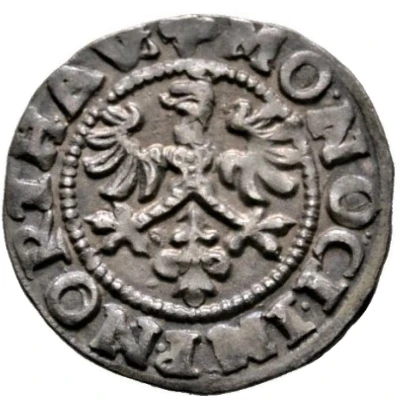


© Fritz Rudolf Künker GmbH & Co. KG, Osnabrück and Lübke & Wiedemann KG, Leonberg
1 Guldengroschen
1556 year| Silver | 28.08 g | - |
| Issuer | City of Nordhausen (German States) |
|---|---|
| Period | Free city |
| Emperor | Charles V (Karl V) (1519-1558) |
| Type | Standard circulation coin |
| Year | 1556 |
| Value | 1 Guldengroschen |
| Currency | Thaler |
| Composition | Silver |
| Weight | 28.08 g |
| Shape | Round |
| Demonetized | Yes |
| Updated | 2024-10-05 |
| Numista | N#325607 |
|---|---|
| Rarity index | 100% |
Reverse
1/2-length figure of emperor 3/4 to left divides date, titles of Karl V
Script: Latin
Lettering:
* D • G • CARLVS • V • ROM • IMP • SEM • AVGVSTVS
5 6
Interesting fact
The Guldengroschen was a standardized silver coin that was introduced in the Holy Roman Empire in 1551, and it was used until the late 18th century. The coin was minted in many different cities and territories within the Empire, and each city or territory had its own unique design. The 1 Guldengroschen from Nordhausen features a depiction of the city's coat of arms on one side and the image of a standing lion on the other. The lion is holding a shield with the letters "N" and "S" on either side, which stand for "Nordhausen" and "Sachsen" (Saxony), respectively. This coin is an example of the standardized currency that was used throughout the Holy Roman Empire during this time period.



